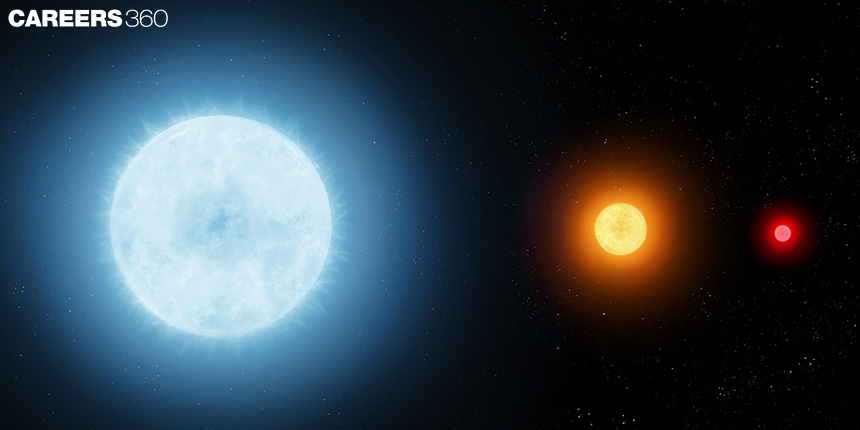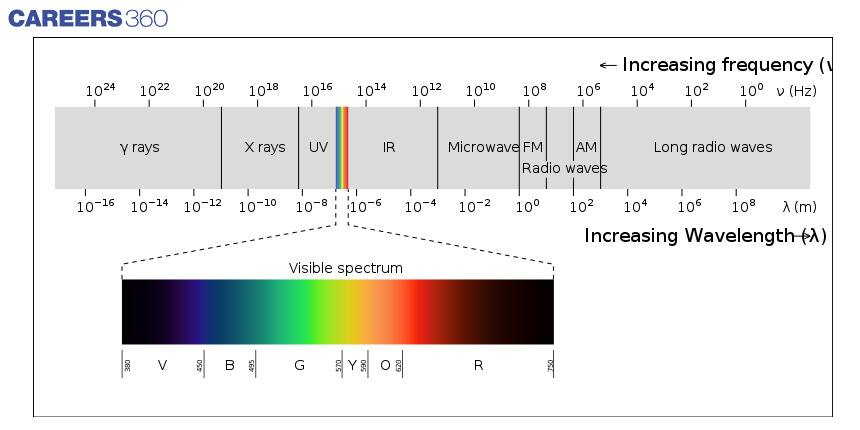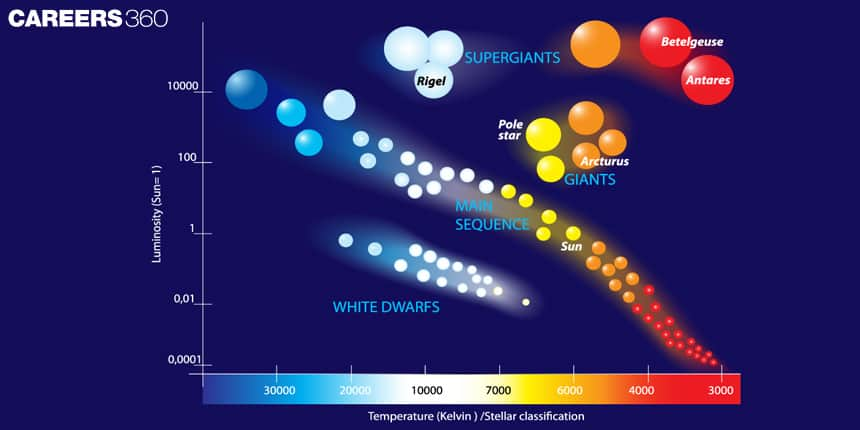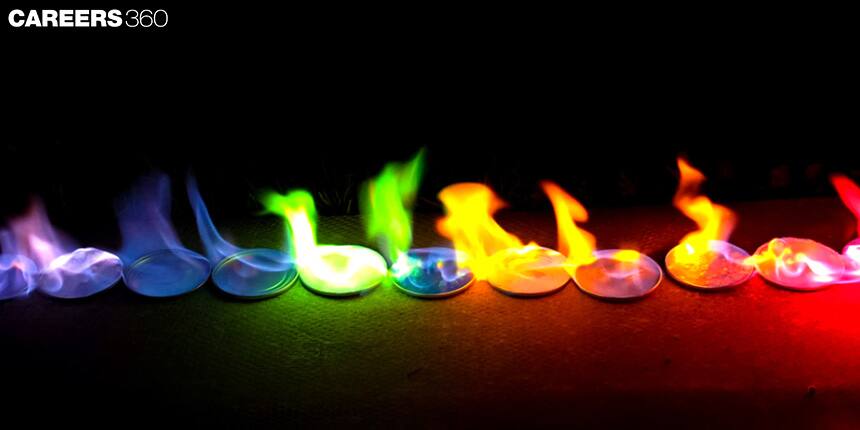Do Stars Have Different Colours? How Temperature And Metal Composition Impact Stellar Hues
Looking up at the night sky, we can see thousands of stars twinkling above us, each appearing as a small point of light. But if you focus for a bit longer, you can see that these stars are not all the same colour. Some appear reddish, while others are blue or white. What causes these colour variations? The answer lies in the temperature and chemical composition of each star.
This Story also Contains
- Impact Of Temperature On The Color Of Stars
- Effect Of Stellar Motion On Color
- Role Of Metal Composition In Star Color And Evolution
- Blue And White Stars

By understanding the science of star colour, we can gain a deeper appreciation for the vast complexity of the universe and the stars that inhabit it. In this article, we will explore the different factors that contribute to star colour, including the Hertzsprung-Russell diagram, the types of stars that are typically blue or red, and other factors that can influence a star's colour. By the end of this article, you will have a better understanding of why stars appear as they do in the night sky and the role that colour plays in our understanding of the cosmos.
Also Read -Animal Vs Plant-Based Protein - What Is Your Best Source Of Protein?
Impact Of Temperature On The Color Of Stars
Temperature is the main factor that impacts the colour of a star. As a star nears the end of its life, it runs out of fuel and its temperature decreases. This results in less energy being produced and a shift towards lower frequency light, which appears as red light. Thus, as a star cools down, its radiation shifts towards the red side of the visible spectrum.

If you are wondering whether blue corresponds to hot, the answer is yes! The hottest stars appear blue because the radiation they emit leans more towards the blue part of the spectrum.
Astronomers Ejnar Hertzsprung and Henry Norris Russell independently devised a classification system for stars in the 1900s based on the relationship between temperature and emitted radiation. This important feature of stars is represented in the Hertzsprung-Russell diagram, where the temperature is plotted against luminosity or colour.

The Hertzsprung-Russell diagram has a clear implication - a correlation between temperature and colour. Blue stars, being hotter, are located in the blue region of the graph while the cooler red stars are located in the red region. This diagram is not only useful for star classification but also provides insight into their evolution, making it an important tool in astronomy.
Effect Of Stellar Motion On Color
It's not just the temperature that determines a star's colour; its motion also plays a role. All stars, including our sun, are moving at high speeds within our galaxy. Moving stars can have different colours. This is because the motion of the star affects the light that reaches us on Earth. When a star is moving toward us, the light waves are compressed, resulting in a shift towards the blue end of the spectrum, making the star appear bluer. Conversely, when a star is moving away from us, the light waves are stretched, resulting in a shift towards the red end of the spectrum, making the star appear redder. This effect is known as the Doppler shift or Doppler effect, and it can be used by astronomers to determine the motion and speed of stars.
Role Of Metal Composition In Star Color And Evolution
The flames shown in the picture below are of different colours, caused by burning various metals in the air. This is due to the emission of radiation at a specific frequency or wavelength by each metal, which becomes a distinguishing characteristic used for their identification through spectroscopy. This characteristic feature also contributes to the colour of stars.

Although the metals in stars do not burn in the same way as on Earth, their radiation still has a characteristic frequency that can be used to identify them through spectroscopy. This information helps astronomers understand the life cycle of a star as heavier metals start fusing when the star ages and consumes all its hydrogen. The first stars in the universe had no metals and the metals formed inside them as they burned their fuel. The metal content of successor stars is higher than their predecessor stars. However, despite the presence of metals, we don't see stars in various colours such as the green flame in the image. This is because the Sun's colour is actually white or close to white, and the colours of stars are not distinguishable to the human eye without special equipment.
Blue And White Stars
Blue and white stars are particularly blue or white in colour due to their high surface temperatures. The surface temperature of a star determines the wavelengths of light that it emits, with hotter stars emitting more blue and ultraviolet light, while cooler stars emit more red and orange light.
Main sequence stars, which include stars like the Sun, are typically yellow in colour due to their moderate surface temperatures. However, more massive main sequence stars are hotter and therefore emit more blue and white light, appearing blue in colour. These stars are also larger and brighter than the Sun, with a shorter lifespan due to the higher rate of nuclear fusion occurring within their cores.
Hot stars, such as O-type stars, are also blue or white in colour due to their extremely high surface temperatures. These stars are the hottest and most massive in the universe, with temperatures reaching up to 50,000 Kelvin. O-type stars are often found in young star-forming regions and have a short lifespan due to their high rate of nuclear fusion, which depletes their hydrogen fuel quickly.
Overall, the colour of a star is determined by its surface temperature, with hotter stars appearing blue or white and cooler stars appearing red or orange. Blue and white stars are typically more massive and shorter-lived than their cooler counterparts.
Also Read - Metaverse, How Can It Impact Education And Learning
Applications for Admissions are open.
As per latest syllabus. Physics formulas, equations, & laws of class 11 & 12th chapters
JEE Main Important Chemistry formulas
Get nowAs per latest syllabus. Chemistry formulas, equations, & laws of class 11 & 12th chapters
JEE Main high scoring chapters and topics
Get nowAs per latest 2024 syllabus. Study 40% syllabus and score upto 100% marks in JEE
JEE Main Important Mathematics Formulas
Get nowAs per latest syllabus. Maths formulas, equations, & theorems of class 11 & 12th chapters
